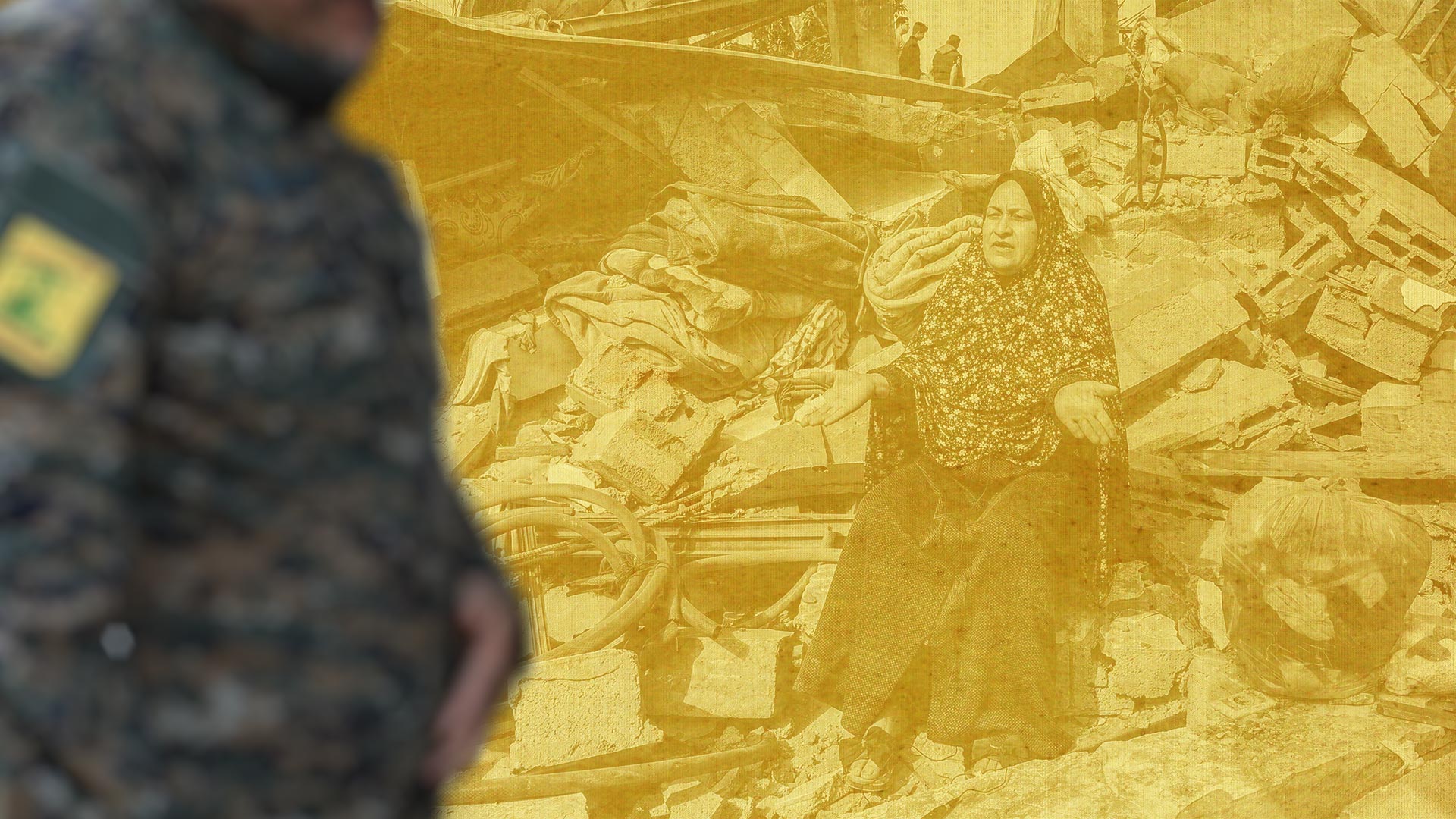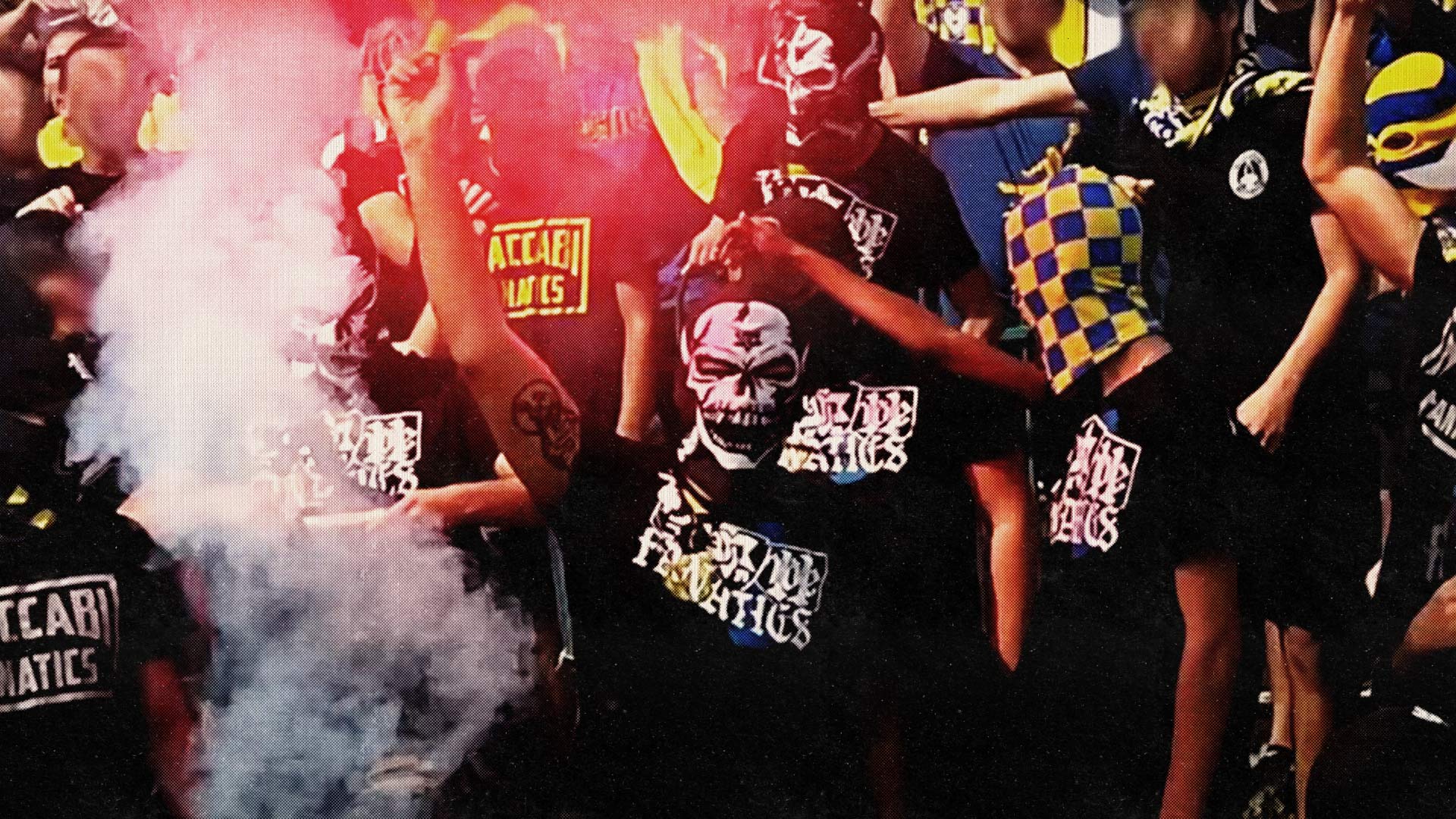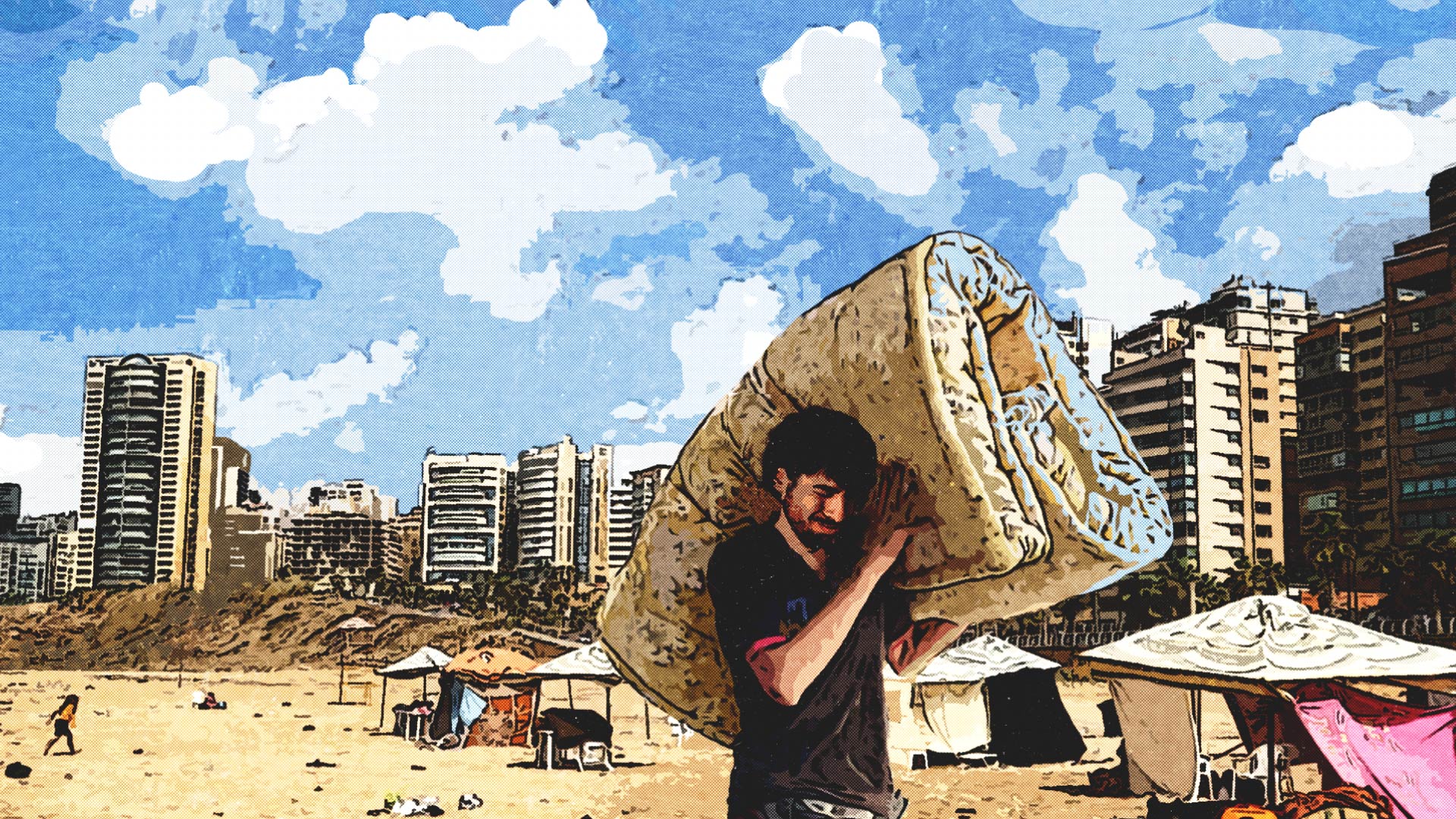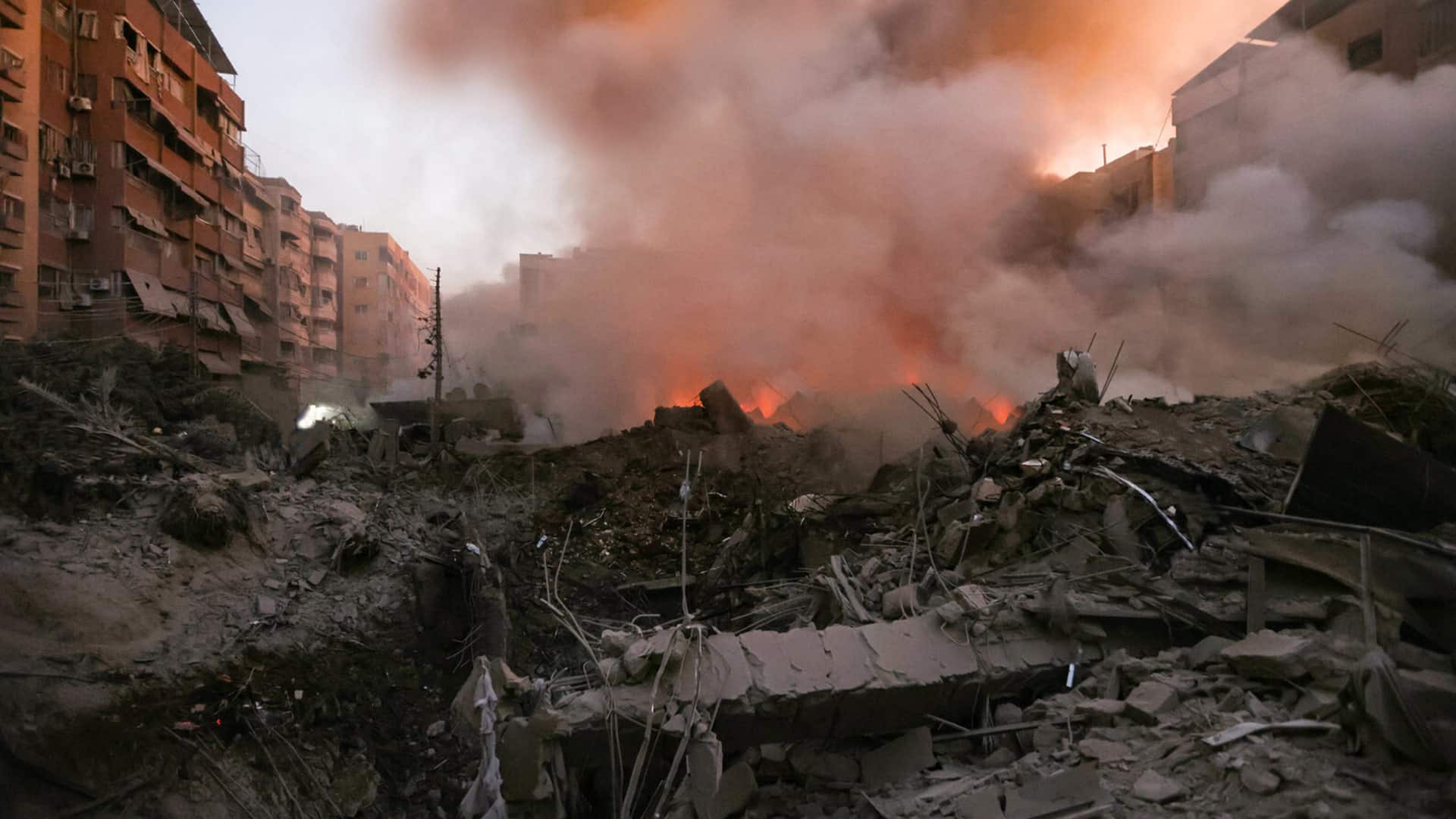The United States, Israel, and other Western allies have been explicit about wanting to see Hezbollah further weakened following the group’s significant losses from the recent war. Gulf Arab leaders, while being less explicit, are also clearly on board. However, among the most dangerous and immoral efforts towards this aim, and one that is likely to backfire, is the apparent delay in providing cash-strapped Lebanon with the funding it needs to begin rebuilding the roughly 100,000 homes the Israeli army damaged or destroyed.
Such delay is prolonging the displacement of Lebanese from the country’s south, the Bekaa Valley, and southern Beirut while deepening the grievances of the hundreds of thousands of those who have returned to these devastated areas since the ceasefire. Yet, delayed reconstruction is unlikely to weaken Hezbollah’s standing amongst its supporters. Indeed, quite the opposite seems probable – that the move will be perceived as a financial and humanitarian siege of Lebanon’s Shia community. This would only reinforce the narrative Hezbollah has imparted upon its supporters since the group’s inception: that in a world aligned against them, Hezbollah is the only protection they have.
The situation today stands in stark contrast to the previous response to armed conflict between Israel and Lebanon. The 2006 July War caused immense destruction, especially in Beirut’s southern suburbs and south Lebanon, destroying nearly 90,000 housing units and inflicting an estimated US$2.8 billion in damages. Arab countries, and especially the Gulf Cooperation Council (GCC), rushed to Lebanon’s rescue. Saudi Arabia led the way, depositing US$1 billion into the Lebanese Central Bank to stabilise the Lebanese lira and funding massive reconstruction efforts, including 200 towns in South Lebanon and the Bekaa, 900 properties in Beirut’s southern suburbs, and critical infrastructure. Western donors had also committed US$940 million by August 2006, and by January the following year, Lebanon had received US$7.6 billion in international aid.
Iran also played a significant role in Lebanon’s reconstruction, channelling funds to Wa’ed, the reconstruction arm of Jihad al-Bina, Hezbollah’s development foundation. The absence of a strong response from the Lebanese government empowered Hezbollah to emerge – whether by perception or reality – as the main player leading the reconstruction efforts.
In the end, the reconstruction was almost completely finished within five years and Hezbollah, with Iran’s backing, leveraged the effort to solidify its position as the protector of Lebanon’s Shia community, emerging from the 2006 war stronger than before. Not only had the party proven itself militarily, but it was also the undisputed political and social guardian of its base. The party also became the dominant force in Lebanese politics and government decision-making in the following years.
The reconstruction period coincided with a general economic boom in the country, though Lebanon’s fortunes began to sour in 2011. The revolution in Syria that year initiated an escalating refugee crisis around the region, and acutely so in Lebanon. The country’s relations with its Gulf neighbours then became increasingly strained, with Riyadh and Beirut embroiled in repeated diplomatic spats following the 2016 election of Lebanese President Michel Aoun, a Hezbollah ally.
Around this time, the Lebanese central bank’s Ponzi-style financial engineering programme was entering full stride, allowing Lebanese plutocrats to siphon off billions of dollars from the economy. This culminated in the country’s 2019 financial collapse, followed by the 2020 Beirut Port explosion and years of political paralysis with a caretaker government.
Lebanon’s failure to implement IMF-prescribed reforms to address the systemic failures leading to the financial collapse prompted the international community to withhold a bailout. Thus, even before October 8, 2023, when Hezbollah and Israel began exchanging fire following the Hamas attacks on Israel the day before, Lebanon’s pleas for international financial assistance were going unmet.
The war that followed saw Israel kill thousands of Lebanese civilians and raze entire neighbourhoods and villages to the ground. Damages are estimated in excess of US$3.4 billion. Hezbollah also suffered staggering losses, with many thousands of members killed and wounded and the top echelons of its military and political leadership almost entirely wiped out.
International and domestic stakeholders then seized upon the November 2024 Israel-Hezbollah ceasefire and the Shia party’s weakened position as an opportunity to break Lebanon’s political deadlock. Saudi Arabia, the United States, and France all weighed in, strong-arming Lebanon’s rival politicians to agree to elect General Joseph Aoun to the presidency in early January. He subsequently tapped Nawaf Salam, former head of the International Court of Justice, as his prime minister and tasked him with forming a new cabinet.
Aoun’s election and Salam’s appointment were heralded as a “new era” in Lebanese politics and raised hopes for reconstruction too, particularly given Aoun’s broad support from key international players. Yet, unlike the aftermath of the 2006 war, when reconstruction funding poured in, donor response remains tepid. Regional powers, again led by Riyadh, have pledged conditional aid, which so far have not turned into tangible reconstruction funds.



